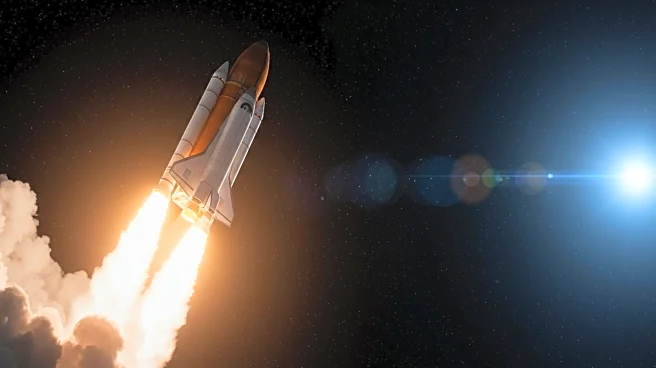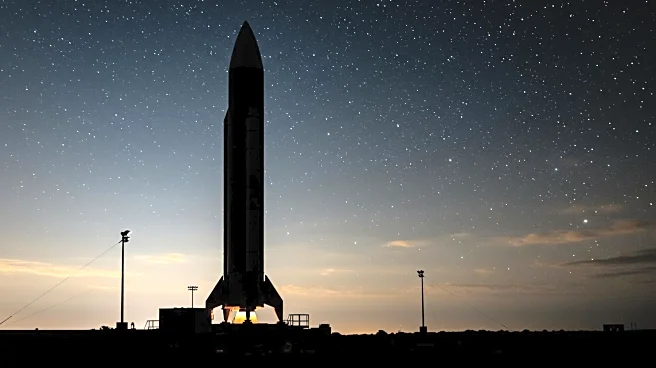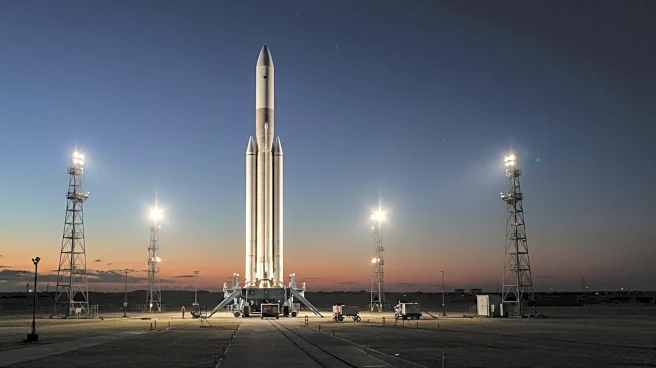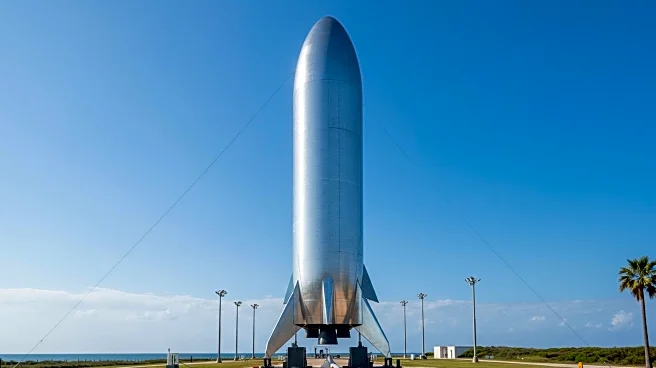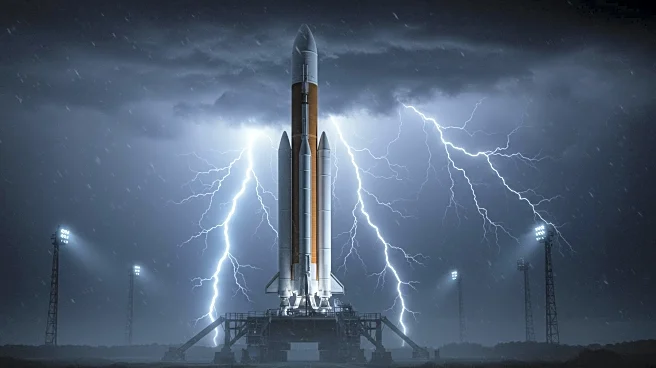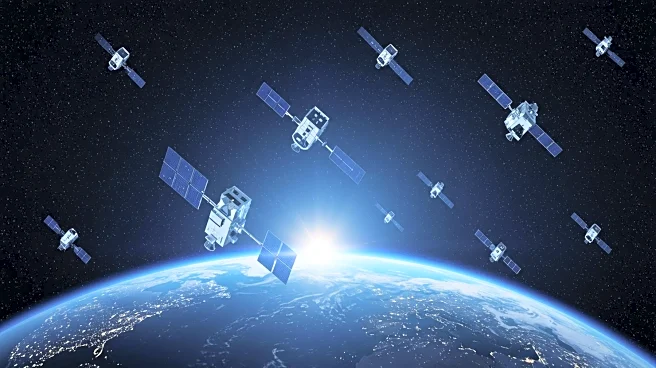What's Happening?
SpaceX is preparing to launch its Starship Flight 10, a critical mission for the company's Mars ambitions and its $2.9 billion contract with NASA's Artemis program. The launch is scheduled for Sunday evening from SpaceX's Starbase facility in South Texas. This mission follows three consecutive failures earlier in 2025, making it a pivotal test for SpaceX. Unlike previous attempts, SpaceX will not attempt to catch the Super Heavy booster with its 'chopsticks' mechanism. Instead, the booster will perform an intentional ocean splashdown in the Gulf of Mexico to test extreme reentry profiles and backup engine configurations. The mission will also carry eight Starlink satellite simulators and test multiple heat shield configurations and structural stress tests. These tests are designed to push the vehicle's limits and gather data for future improvements.
Why It's Important?
The success of this mission is crucial for SpaceX as it aims to meet NASA's 2027 timeline for the Artemis 3 moon landing, where Starship will serve as the lunar lander. The mission's outcome could significantly impact SpaceX's reputation and its ability to secure future contracts with NASA and other entities. The iterative improvements from previous failures highlight SpaceX's commitment to innovation and risk-taking, which are essential for advancing space exploration. A successful launch would not only bolster SpaceX's standing in the aerospace industry but also contribute to the broader goals of human space exploration and potential colonization of Mars.
What's Next?
SpaceX has backup launch opportunities on August 25-26 in case of technical or weather-related delays. The company will continue to analyze data from this mission to refine its technology and improve future launches. The results of this mission will likely influence SpaceX's strategy and timeline for future Starship missions, including those related to NASA's Artemis program. Stakeholders, including NASA and the broader aerospace community, will be closely monitoring the mission's outcomes to assess SpaceX's progress and reliability.
